Claude 3 Sonnet vs GPT-3: Which AI Reigns Supreme?
Claude 3 Sonnet vs GPT-3: Which AI Reigns Supreme?
As the competition in AI language models heats up, two standout contenders emerge in 2024: Claude 3 Sonnet and GPT-3. Both models are advanced systems designed to generate human-like text. However, their architectures, performance, and purposes differ significantly.
In this article, we’ll dive deep into the technical strengths and weaknesses of Claude 3 Sonnet and GPT-3. Whether you’re interested in AI for content generation or natural language processing, this guide will help you choose the right model for your needs.
Overview of Claude 3 Sonnet and GPT-3
Before comparing these models, it’s essential to understand what Claude 3 Sonnet and GPT-3 are and how they function. Both are built on sophisticated neural networks, but their objectives differ.
Claude 3 Sonnet, developed by Anthropic, focuses on AI alignment and ethical development. It prioritizes safety and controlled language generation. This makes it a strong choice for applications requiring ethical AI use.
On the other hand, GPT-3, developed by OpenAI, has been a dominant force in AI due to its versatility. With 175 billion parameters, it excels at generating human-like text. However, it faces challenges related to accuracy and ethical concerns.
Key Differences Between Claude 3 Sonnet and GPT-3
Though both models are advanced, they differ in language generation, performance, and features. Below, we explore these areas in detail.
Language Generation
Claude 3 Sonnet emphasizes producing coherent and contextually accurate text. It’s designed to follow ethical guidelines, which reduces the chances of harmful or offensive output. It works well for factual content, summaries, and safe conversational AI.
GPT-3, meanwhile, is incredibly versatile. It generates imaginative and creative content but can also produce inaccurate information. This strength in creativity makes it great for storytelling and marketing. However, for technical content, Claude 3 Sonnet offers more reliable results.
| Feature | Claude 3 Sonnet | GPT-3 |
|---|---|---|
| Language Accuracy | Highly accurate and ethical | Versatile but prone to errors |
| Creativity | Focused and controlled | Highly creative and flexible |
| Content Moderation | Strong filters for harmful content | Limited ethical filtering |
| Ethical Considerations | Top priority | Known issues with bias |
Performance and Speed
In terms of performance, Claude 3 Sonnetis highly efficient, especially for long-form content. It handles large datasets quickly and ensures consistent output without delays. Claude 3 Sonnet’s architecture is optimized for speed and scalability.
GPT-3 is powerful but can be slower due to its size. Its 175 billion parameters give it incredible flexibility but may reduce its efficiency when generating large amounts of text. While it’s still fast, Claude 3 Sonnet performs better in terms of speed and reliability for enterprise applications.
Innovation and Features
Claude 3 Sonnet brings several innovative features to the table, particularly in AI safety. It emphasizes ethical text generation, which helps businesses maintain control over content. This makes Claude 3 Sonnet a preferred option for industries like healthcare and education.
GPT-3 offers unparalleled versatility. It can handle a wide range of tasks, from writing fictional stories to answering complex questions. However, it lacks the advanced safety and filtering tools that Claude 3 Sonnet provides. This makes GPT-3 more suitable for creative tasks than those requiring strict accuracy.
Real-World Applications of Claude 3 Sonnet and GPT-3
Both models have been widely adopted across industries. They offer unique advantages depending on the specific use case.
- Claude 3 Sonnet has found a home in sectors where ethical considerations are crucial. These include healthcare, education, and content moderation for social platforms. Its focus on accuracy and safety makes it highly valuable in these fields.
- GPT-3 is a favorite in industries like marketing and entertainment. Its creativity allows for automated content generation, especially for blogs, ads, and social media posts. However, it’s less reliable for technical or scientific content due to its tendency to hallucinate information.
Which AI Model is Best for You?
Choosing between Claude 3 Sonnet and GPT-3 depends on your needs. If ethical, accurate content is your priority, Claude 3 Sonnet is the ideal choice. It’s perfect for businesses needing reliable AI output and strict control over language.
If you’re looking for flexibility and creativity, GPT-3 is a better option. It handles diverse tasks, from writing to answering questions. However, it’s not always accurate, making it less ideal for technical or professional content.
Final Verdict: Who Reigns Supreme?
In the battle between Claude 3 Sonnet and GPT-3, there’s no single winner. Claude 3 Sonnetdominates in ethical AI development and reliability, making it a top choice for industries that require careful control over language.
GPT-3, however, remains a creative powerhouse, offering unmatched versatility in generating a wide variety of content. Its flexibility and size make it highly effective for marketing and creative projects.
In conclusion, the “supreme” AI model depends entirely on your needs. Claude 3 Sonnet leads in accuracy and ethical AI, while GPT-3 excels in creativity and adaptability.

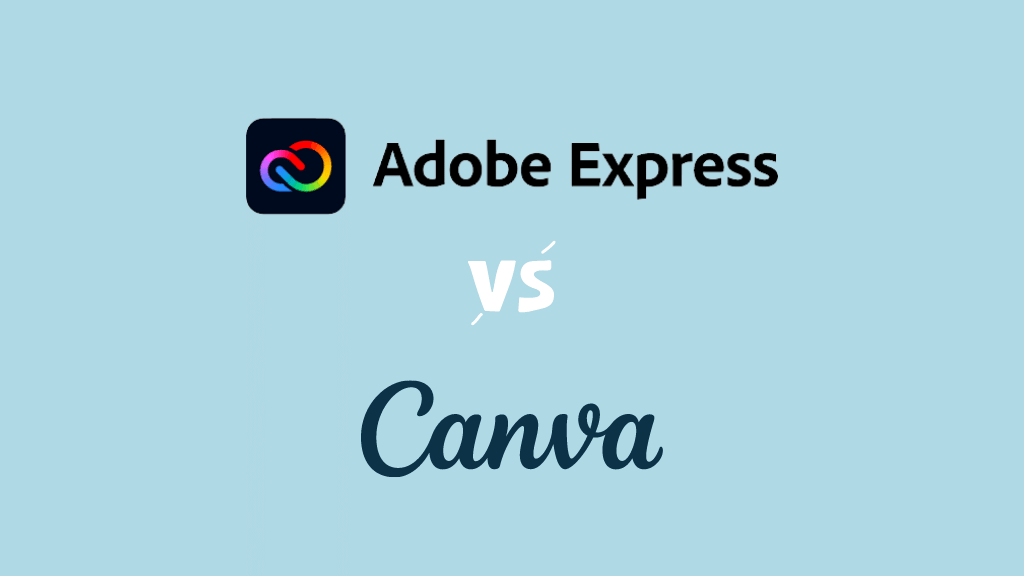




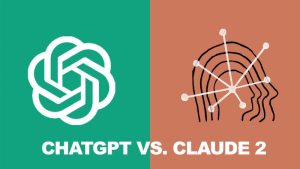



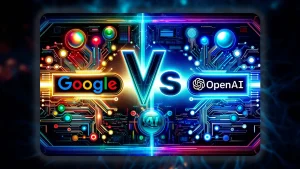
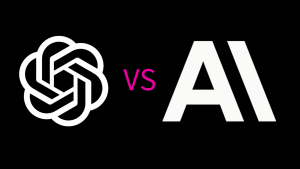
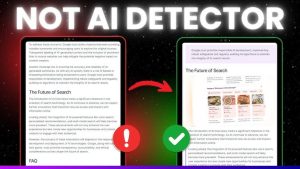

Post Comment